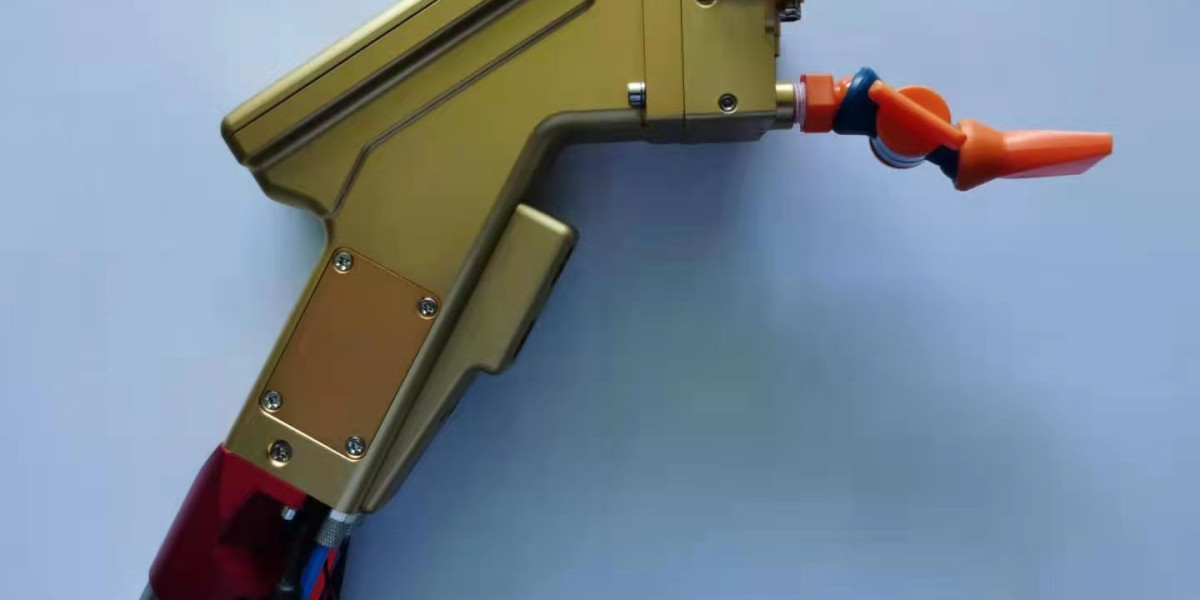Laser cutting is a powerful and precise method of slicing materials using a focused laser beam. A common question many ask is: “What is laser cutting and how does it work in modern manufacturing?” The answer lies in understanding how laser technology has revolutionized industries ranging from automotive and aerospace to electronics, construction, and even fashion.
What is Laser Cutting?
Laser cutting is a thermal process that uses a high-powered, focused laser beam to cut through various materials such as metal, wood, plastic, fabric, and glass. The laser melts, burns, or vaporizes the targeted area with pinpoint accuracy, creating clean, sharp edges with minimal waste.
The process is typically controlled by a computer numerical control (CNC) system, allowing complex designs and shapes to be cut with exceptional precision and speed. CAD (Computer-Aided Design) files are often used to guide the laser cutter, making the process efficient and repeatable for mass production or custom fabrication.
How Does Laser Cutting Work?
Laser Generation
A laser source generates a concentrated beam of light, typically through CO₂, fiber, or crystal lasers. Each type is suitable for specific materials and applications.Focusing the Beam
The beam is directed using mirrors and focused through a lens to a tiny point on the material. This concentrated energy heats the material rapidly, allowing for accurate cutting.Material Interaction
Once the focused beam hits the material, it either melts, burns, or vaporizes the portion in its path. An assist gas—such as nitrogen, oxygen, or air—is usually blown onto the cutting area to remove molten debris and ensure clean cuts.Motion Control
CNC-guided machinery moves the laser head or the material along the predefined path, ensuring precision even in complex patterns or detailed designs.
Types of Laser Cutting
CO₂ Laser Cutting – Ideal for cutting non-metal materials like wood, acrylic, plastic, and leather.
Fiber Laser Cutting – Highly efficient for cutting metals like stainless steel, aluminum, copper, and brass.
Nd:YAG/Nd:YVO Lasers – Used for both cutting and engraving metals and certain ceramics.
Advantages of Laser Cutting
High Precision and Accuracy
Laser cutting produces very fine cuts, often with tolerances as small as ±0.1 mm, ideal for intricate designs and high-end components.Versatile Material Use
From metals and plastics to textiles and glass, laser cutting supports a wide range of materials, reducing the need for multiple machines.Clean and Smooth Edges
The focused laser beam results in minimal burring or rough edges, often eliminating the need for post-processing.Speed and Efficiency
Laser cutters operate at high speeds, which reduces production time and increases throughput.Automation and Repeatability
With CAD integration and CNC control, laser cutting is ideal for repetitive production runs with consistent quality.
Conclusion
Laser cutting has become a vital tool in modern manufacturing, offering unmatched speed, precision, and versatility. Whether it's used to create intricate jewelry, precision automotive parts, or architectural models, laser cutting delivers high-quality results with minimal waste. As technology continues to evolve, laser cutting is expected to play an even greater role in smart manufacturing, prototyping, and customized production.












